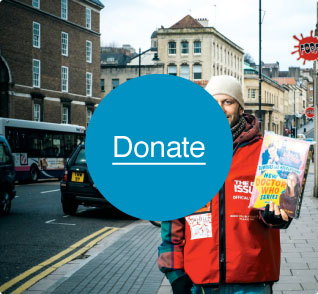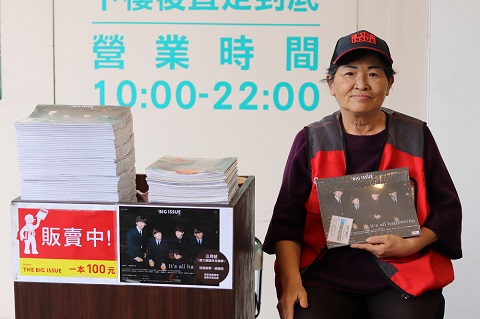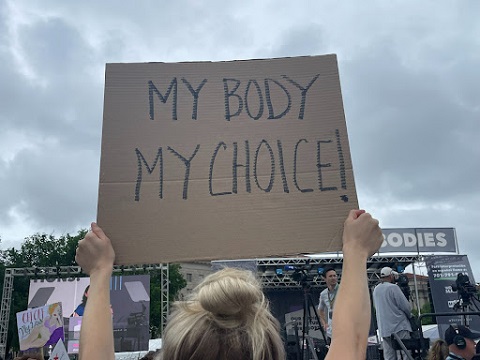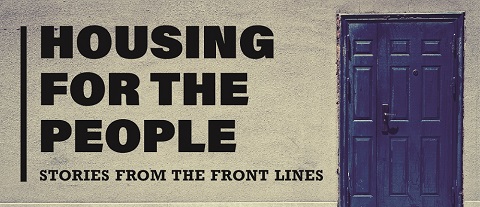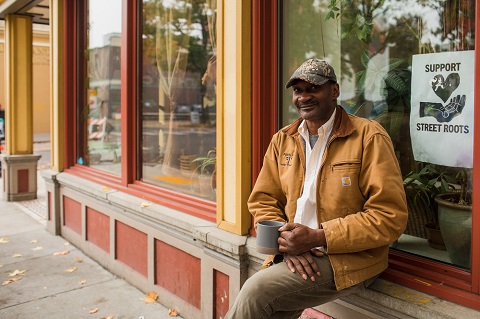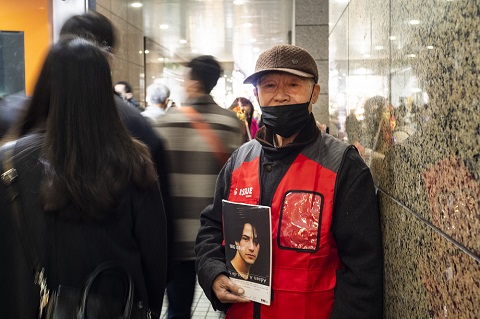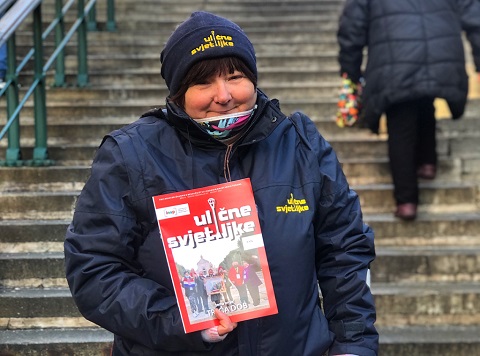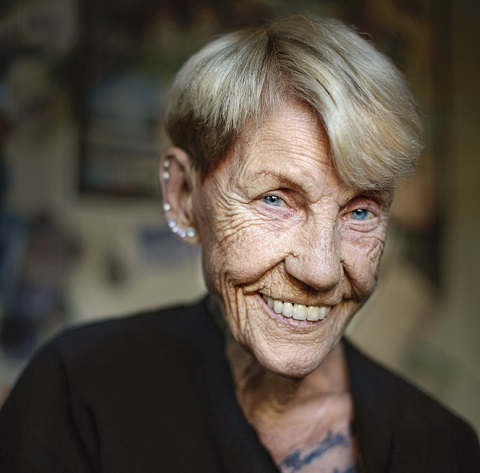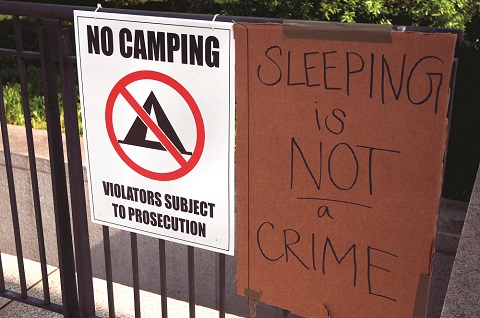By Helen Hill, Street Roots
As soon as the Street Roots office door is unlocked at 7.30am, vendors – the people who sell the newspaper – quickly duck in, seeking relief from a night of cold wind, snow and sleet. After a few minutes in the heated building, exhaustion sets in for many and it’s hard for them to keep their eyes open, a common side effect of cold stress.
It’s been a mild winter, but, so far this year, temperatures plummeted into the 20s, and more winter weather is forecast.
There are emergency and winter shelter options during extreme conditions, but every night poses the challenge of keeping warm. Here are three of our vendors’ stories on how they do it.

Jason
Jason Everly is kind, considerate, soft-spoken and always willing to lend a hand around the vendor office. He was open and matter of fact about his extensive cold weather survival skills.
“A lot of the time we’re working,” he said. “The canning is good at night-time because everyone puts out their recycles. We work till 3 in the morning, so we’re walking around. Gloves and hand warmers are imperative, because you’re touching glass bottles and aluminium, and lots of time they’re wet,” he said.
Garbage bins and dumpsters yield useful tools for staying warm, Jason said.
“Sometimes restaurants throw away half-used Sterno cans from chafing dishes, so if you know the right hotel, you can marry them all together so you have a full one, and that will give you four hours, and it can raise the ambient temperature of your structure 15, maybe 20 degrees,” he said. The structures Jason is referring to are usually made of cardboard, or sometimes a cart pushed against a building, with tarps to create a makeshift tent.
“Staying out of the wind is really important,” Jason said, “but that’s really hard to do because downtown, the bigger streets that go all the way through are like wind tunnels. As you get closer to the freeway, that’s all open space, and it’s super windy up there. Surprisingly, that’s where lots of people camp because that’s where they have to. It’s ODOT (Oregon Department of Transportation) property and not the property of the city, so they aren’t bothered as much.”
“We have these great little homeless life hacks.”
Jason explained other methods of staying warm.
“We have these great little homeless life hacks. For $1.99, you can get a giant bottle of isopropyl alcohol. Then you take an aluminium can and open the top and pour in the alcohol and take tissue paper and light it, the alcohol burns but the tissue doesn’t,” he said.
I asked him if this was dangerous. “It can be,” he said. “I’ve caught myself on fire, burned myself, falling asleep because it’s warm and then my leg drifts over to the side. But it’s better than a candle,” he said. “It gives off more heat. Hand sanitizer will burn really well, too. We always put it in an aluminium can or a No. 10 can like a big tomato sauce can from a restaurant.”
The best way to stay warm though, Jason said, comes from an unlikely source; the food carts.
“A couple of food carts use mesquite charcoal to cook their meats, especially some of the Middle Eastern places, and when it gets down to the smaller pieces and the dust, they throw it away because they want the bigger pieces that burn longer and hotter. If you can score those, and have a well-ventilated area, you can start a small fire in a No. 10 can and let it get down to coals like a charcoal grill, and you build it up and damp it down, and that puts out a lot of heat. Last winter when it was really cold, I survived on that,” Jason said.
I asked him where he builds these mesquite fires. “You go someplace where there’s dirt, where there’s nothing that’s flammable, you can dig a little hole. We try to be as safe as we can. The charcoal is more of an ambient heat, better than the blue flame of the alcohol. But it produces smoke, which is a downside. If you’re in a closed-in area, you’re breathing the smoke. That’s not good.”
Jason doesn’t use a sleeping bag.
“They get lost, or wet. I curl up in my clothes,” he said. “Last night, I sat down with a couple friends and we had pie, and we got sufficiently full and drowsy, and we fell asleep even though it was really cold, in the 20s. I was up a few times really shivering. We had some Army surplus tarps over us. I made a small tent, and I had some hand sanitizer for a fire, that warms it up for a while, and we slept for a couple of hours. I’m sure you can tell I’m still tired.”
I asked Jason if he ever worries about freezing to death.
“I have been, lately,” he said. “My circulation’s gotten poor in my hands. But the thing is, here in the city, it would be hard unless it was zero or below. The concrete sends up heat. You can feel the heat of the day on some of the buildings. Granted, it’s not that much.”
“I get as many blankets and cardboard as I can and something warm to drink. You don’t sleep very long, but it’s doable.”
Kat
Kat McDonald is a young woman, a newer vendor. She tries to stay away from the shelters.
“It’s hard to be in a shelter,” she said. “There are so many people with mental health issues who can’t handle being in a group setting, and they make it hard for everyone else.”
Kat is by herself. She became homeless when she lost her job and couldn’t pay her rent. I asked her how she stays warm outside.
“I get as many blankets and cardboard as I can and something warm to drink, coffee or tea,” she said. “You don’t sleep very long, but it’s doable. It’s not pleasant, but it’s doable. Because I’m a girl, I try to stay somewhere where there’s light. It can be dangerous. I mean, I could say I can kick anybody’s ass that I want to, but when it comes down to it, I’m not gonna beat up a dude. It’s not gonna happen. If you’re around light, you have a better chance.”
With snow and low temperatures forecast, I asked Kat if she was making plans.
“Hopefully I’ll try to go to a shelter on the other side of the river, if they’re open,” she said. “It’s not as crowded as the rest of them. But when you get kicked out at 6am, it’s the coldest part of the night, and there isn’t any place to go.”
Michael
Longtime vendor Michael Bailey was almost nonchalant about sleeping in the cold.
“Basically you have to snuggle with yourself,” he said. “I put a blanket, or cardboard, paper, something to separate you from the ground. The ground gives you the cold chills. Last night I woke up twice. I was on a sidewalk. I was shivery but warm at the same time. It kept me awake. I am shivering cold from the ground, but I could sleep a little. It’s kind of weird. Maybe the shivering was keeping me warm. I kept trying to figure it out. That wind chill, you have to adapt to it.
“I sleep outside most every night. I will find an overhang in the rain,” he said. “I don’t worry I’ll freeze to death; it’s not that cold. I do worry about getting wet. That’s worse than anything. You can’t take your clothes off and change. Most homeless people don’t carry extra clothes.
“Once in a while, I get on a MAX or bus, or I walk to keep warm. Sometimes I get up in the middle of the night and walk all night, then I sleep after breakfast.”




